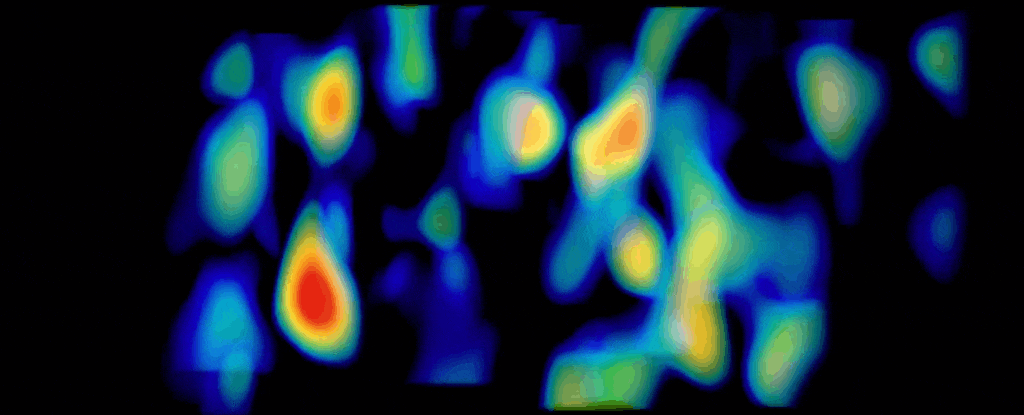Dark Matter Map Spanning Across 10 Million Galaxies, Created By Astronomers

There is an invisible force in the Universe that we cannot detect or see using the current technology. Scientists call it dark matter, and it is the most mysterious element in the Universe, puzzling scientists for years. Even though we cannot see it directly, we can estimate and observe the effects of dark matter’s gravitational forces on the space objects that we can survey directly with telescopes and other instruments.
Recently, with the Einstein’s theory of relativity in their minds and in its context, some scientists decided to employ the world’s most powerful telescopes to measure the gravitational changes that the dark matter implies on visible objects across 10 million galaxies. The study, however, resulted in the most reliable dark matter map spanning across those 10 million galaxies.
“If further data shows we’re definitely right, then it suggests something is missing from our current understanding of the Standard Model and the general theory of relativity,” explained Chiaki Hikage of the Kavli Institute for the Physics and Mathematics of the Universe.
Astronomers Created A Reliable Dark Matter Map Spanning Across 10 Million Galaxies
The science doesn’t yet explain what dark matter is and where it is precisely. However, astrophysicists observed some gravitational effects in the Universe that cannot be attributed to visible matter alone. Therefore, there is an invisible force contributing to those effects such as the rotation speed of galaxies, among others. Until now, the only way to estimate where dark matter is present is to use the so-called gravitational lensing.
Gravitational lensing revealed where the dark matter exists after subtracting the gravitational effects generated by the visible matter. In their new study, the researchers used that technique to detect dark matter across 10 million galaxies some of which at billions of light-years away.
In the end, the astronomers came up with the most reliable dark matter map spanning across 10 million galaxies. “With a little more work, if we can get better accuracy, we might be able to find something concrete. This is a big motivating factor for me,” concluded Chiaki Hikage.

0 comments